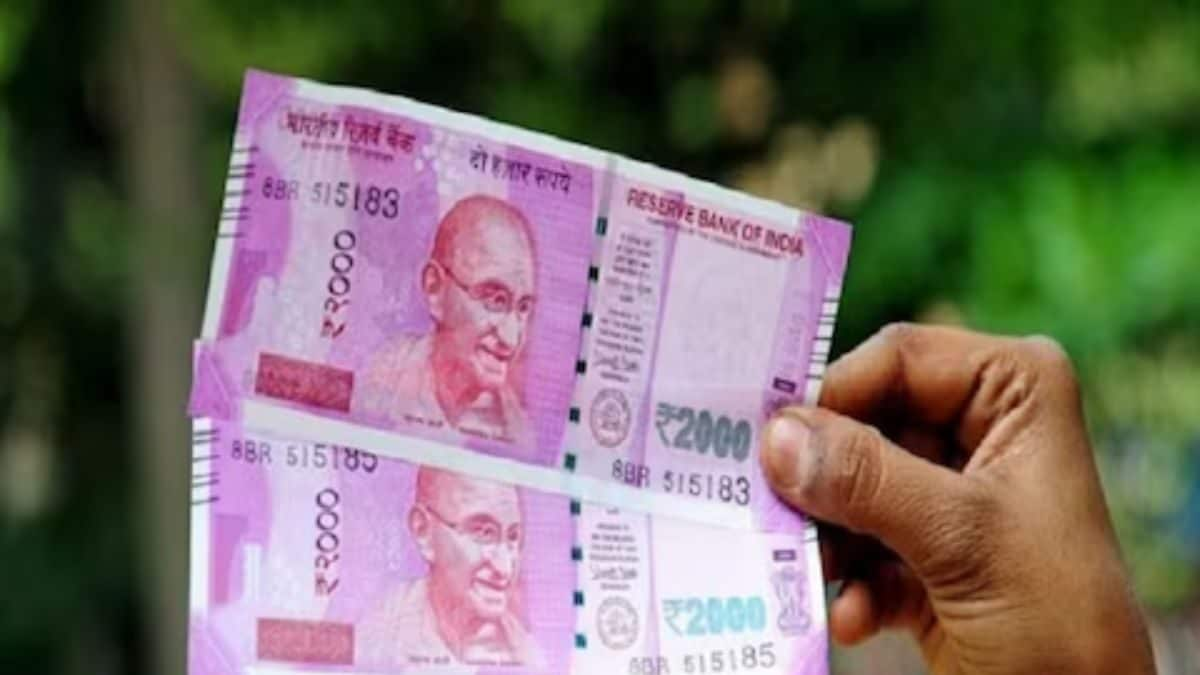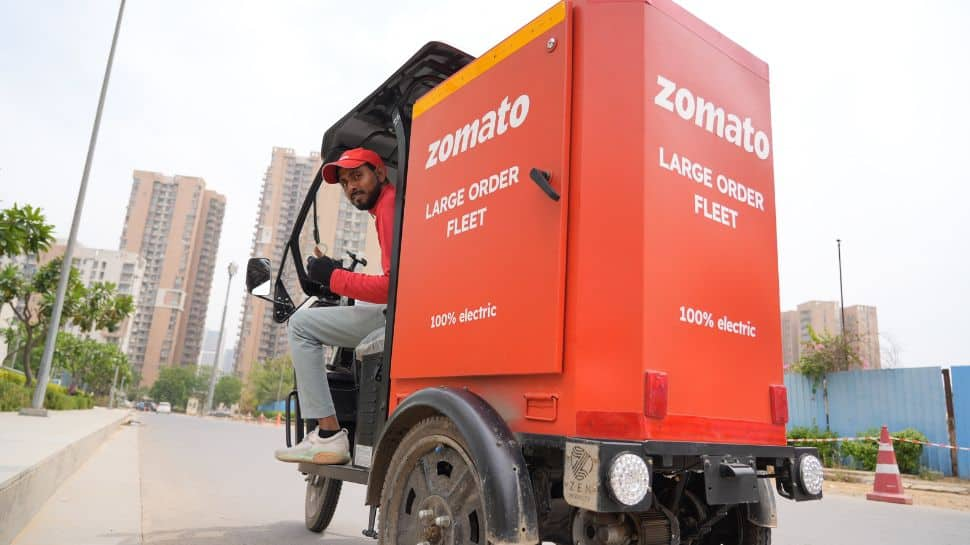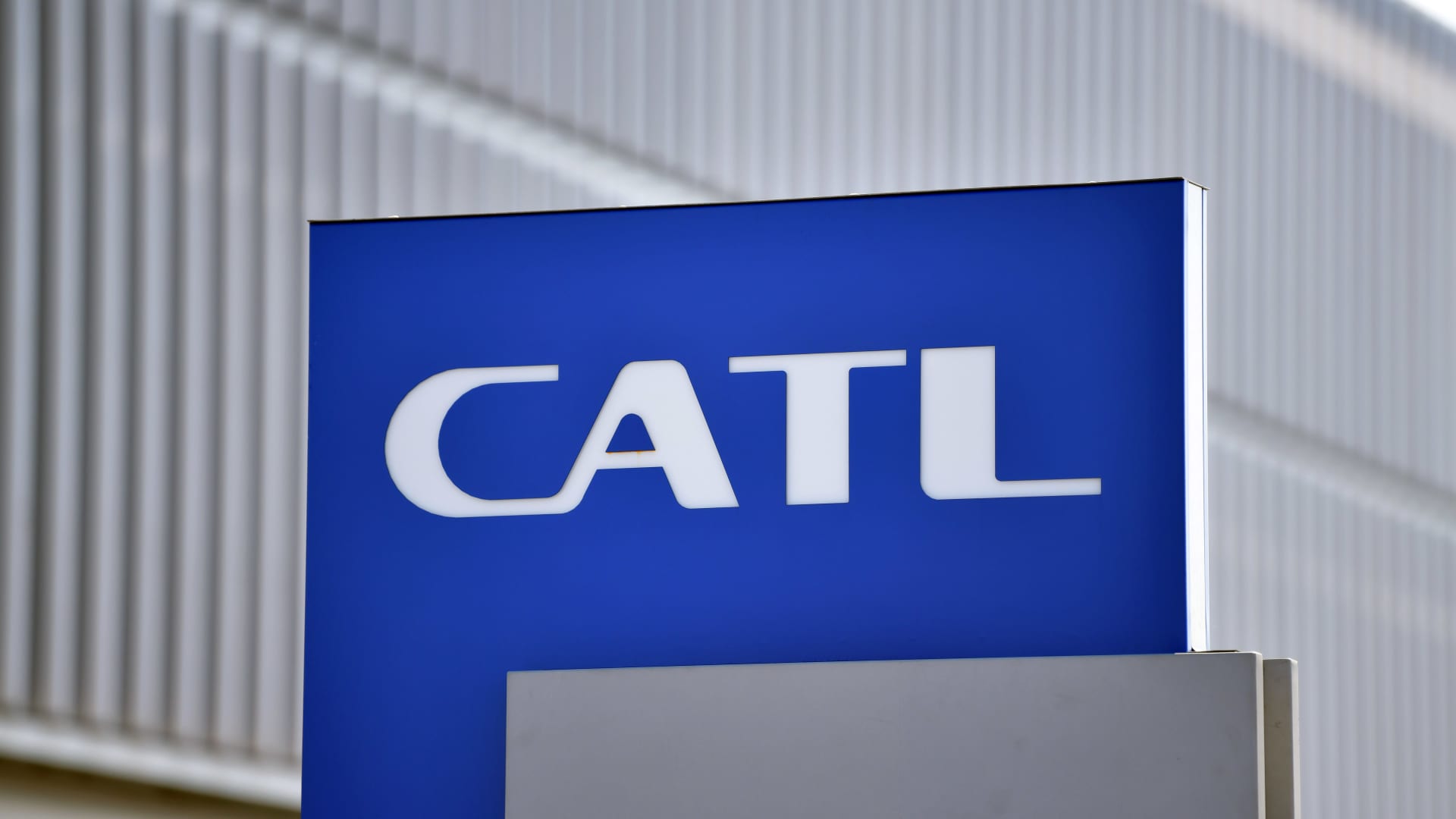Contemporary Amperex Technology
Martin Schutt | picture alliance | Getty Images
Chinese battery giant CATL’s plan to raise at least $5 billion in Swiss global depository receipts has been delayed as Beijing regulators raise concerns over the large scale of the offering, three people with direct knowledge of the matter said.
The world’s largest battery maker, formally known as Contemporary Amperex Technology, or CATL, had expected to receive a green light for the listing in Zurich from the Chinese securities regulator by the end of January, said one of the sources. But the process is taking longer than expected, all three sources told Reuters.
The delay has come to light a week after Chinese President Xi Jinping told CATL that he had mixed feelings about its status as the biggest player in a soaring business tracking the rise of electric vehicles around the world. Xi’s comments came in a rare public intervention about one of China’s most globally competitive sectors.
In a response to a presentation by CATL’s chairman Robin Zeng on the sidelines of China’s annual parliament meeting last week, Xi was quoted by official media as saying that he was “both happy and worried” — glad about CATL’s industry-leading position, but concerned about the risks as the company expands rapidly overseas and moves to undercut domestic rivals.
CATL, worth about $139 billion by market value and now expanding in Germany and the United States, already controls 37% of the global battery market, according to its 2022 annual report. It supplies auto giants like Tesla, Volkswagen and BMW.
The company has told the China Securities Regulatory Commission or CSRC whose approval for the listing is required, that it plans to use the proceeds to fund its European expansion plans, especially the development of a plant in Hungary, one source said, and potentially also finance its expansion in the United States.
In early February, sources said CATL aimed to go ahead with the listing as early as May. There is no new timetable for the deal to proceed, according to the sources, who said they could not be named as they were discussing private information.
The CSRC did not immediately comment when contacted by Reuters.
CATL did not respond to a request for comment.
Private placement
The sources said the Chinese regulator has concerns over the vast scale of CATL’s GDR offering.
The CSRC is also examining CATL’s planned use of proceeds, sources said, adding the regulator has questioned the battery maker’s need to raise so much money after it raised 45 billion yuan ($6.56 billion) in a jumbo domestic share placement in June.
The company said at the time proceeds raised in the placement will be used to fund the production and upgrades of lithium-ion batteries in four Chinese cities, and enhance research and development.
The private placement was the biggest equity capital market transaction in China last year and the second largest follow-on deal globally in 2022, according to Dealogic data.
At $5 billion, the GDR deal would easily be the largest such listing by a Chinese company in Switzerland, according to Refinitiv data.
Chinese companies began listing in Switzerland last year after the launch of cross-listing platform to allow companies to raise capital by issuing and listing GDRs on the Swiss exchange SIX. Swiss companies can issue Chinese Depository Receipts on the Chinese exchanges.
According to Refinitiv data, 11 Chinese companies have raised $3.66 billion from Swiss listings since the launch last year.
GDRs are one fundraising option used by companies to offer investors outside the firms’ home bases a chance to buy and trade the stock on shareholders’ local exchanges.
Offshore investors are attracted to Chinese issuers’ GDRs as they can generally buy the shares with a 10% discount and freely convert them into corresponding Chinese shares after 120 days of trading on European boards. With much better liquidity on the domestic market, investors can exit more easily.
But when investors transfer the capital from onshore to offshore, it consumes some of China’s foreign exchange reserves, while issuers usually keep the proceeds raised for overseas use. Such practices have also made Chinese regulators less keen to wave through mega-GDR offerings, two of the sources with knowledge of the matter said.















































